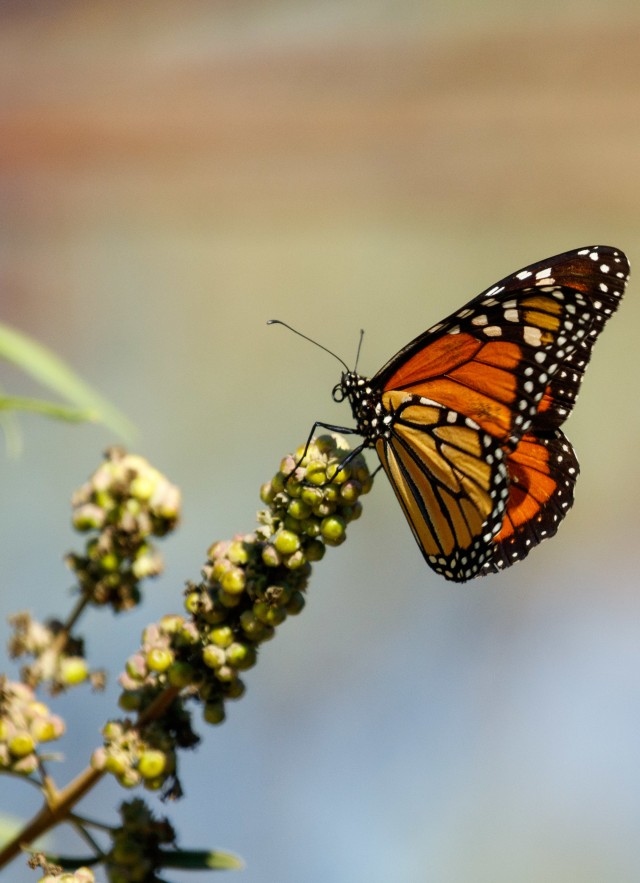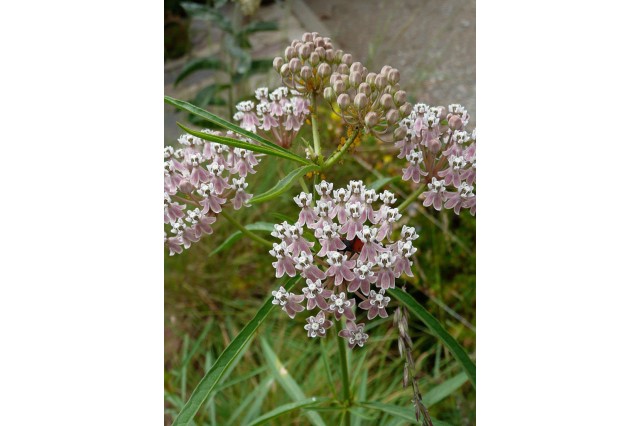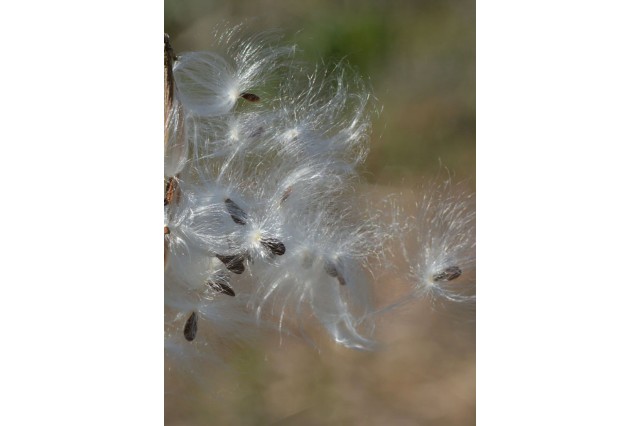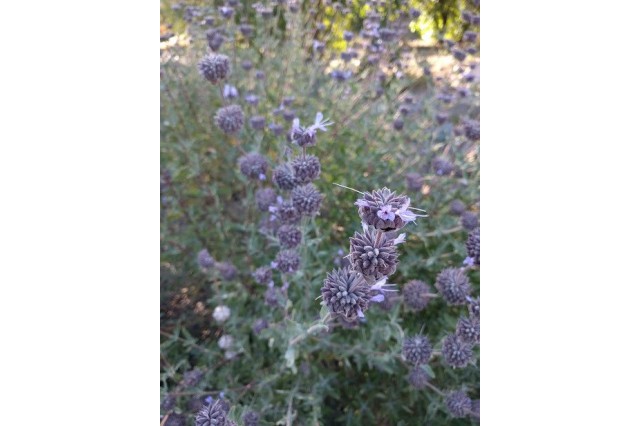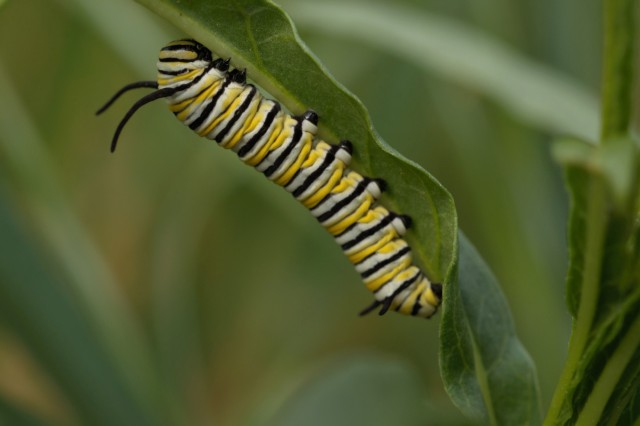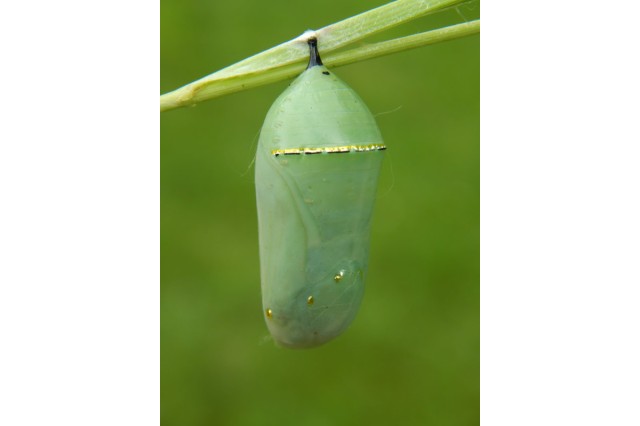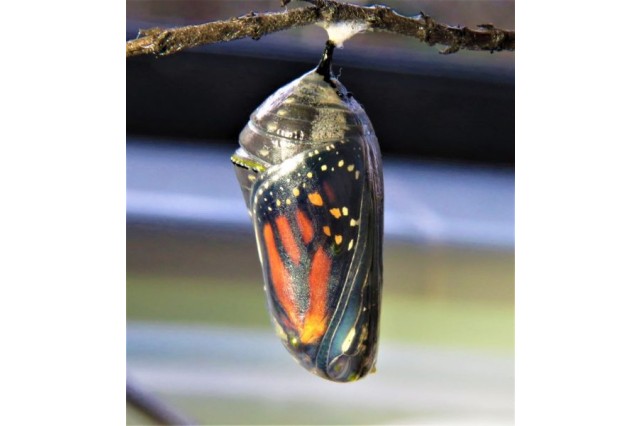Planting A Monarch Waystation
Provide monarch butterflies with the resources they need to sustain their migration and reproduce.
suggested for all grades
Overview
Monarch butterflies undertake an incredible migration each fall, making their way from the United States and Canada to overwintering habitats in Central Mexico or the western coast of California. Habitat loss along their migration routes poses a challenge for these impressive pollinators, but Monarch Waystations provide the resources they need to sustain their migration and reproduce.
What is a Monarch Waystation?
A Monarch Waystation is a place that provides monarch butterflies with the resources they need to survive and reproduce. Milkweed is the host plant for monarch larvae, and nectar plants provide energy for adults. Planting these in your existing garden or establishing them in a new space contributes to monarch conservation.
Getting Started
Choose a plot. We recommend planting both milkweed and nectar plants so that monarchs will stick around to feed and breed. At least 4 nectar plants, 10 narrowleaf milkweeds, and a plot of 100 square feet are ideal, but outdoor container gardens are also a good option if space is limited.
Why Narrowleaf Milkweed? This species is native to Southern California and helps to reduce the risk of fungal infections in monarch larvae.
Plant your narrowleaf milkweed seeds while the weather is cool, preferably in February. Use a well-draining soil, such as a seed starter mix, and plant seeds in a seed tray. Place the tray in a sunny spot and keep the soil damp. Move seedlings to small pots when they have 4-6 true leaves (true leaves are the leaves that grow after the initial one or two leaves, called cotyledons). Transplant seedlings into your garden in late spring.
Add any nectar plants you want to include when you plant your milkweed seedlings. To be environmentally friendly, we recommend the following native, drought-tolerant plants*:
- Brittlebush (Encelia farinosa)
- Cleveland sage (Salvia clevelandii)
- Cedros Island Verbena (Verbena lilacina ‘De La Mina’)
- California Lilac (Ceanothus, any species)
*These are suggestions, but there are many nectar plant options. Explore our additional resources for more!
Water milkweeds regularly for the first summer to establish the plants. Soak through about once a week, or whenever the soil feels dry to the touch.
Watch for monarchs! Females will land on the edges of leaves and curl their abdomens under to lay small yellow, waxy eggs. In a few days, yellow-and-black striped caterpillars will start to eat the milkweed leaves.
Three to eight days after that, look for green chrysalises on the plant or nearby. Two or three weeks later, you should see the characteristic orange-and-black monarch wings through the now-transparent chrysalis cuticle. Keep a close eye out for eclosure (emergence)!
Gardening Tips
Keep roots intact and soil moist. When transplanting seedlings from the seed tray or small pots into your garden, protect the roots by leaving them encased in the soil they’ve been growing in. This original potting soil tends to dry out quickly, so be sure to keep it moist by watering lightly as needed.
Plant high. Dig a hole almost as deep as your plant (an inch or two less is great) and twice as wide. Placing the plant slightly above the ground allows for essential gas exchange at the root crown. It’s also important to avoid covering the stem with mulch or loose dirt for the same reason.
Collect Seeds. Mid to late summer is the time to collect milkweed seeds for additional planting in the year ahead. The seed pods should be brown and easily open up to reveal silky fluff, called coma, and little brown seeds. Let the seeds dry completely (in order to prevent mold), store them in a container, and keep them in a cool, dry place.
Cut back in the fall. Narrowleaf milkweed becomes dormant in the fall. To maintain your plants, cut them back to a couple inches above the soil at this time of year. This encourages new growth in spring.
Don’t use pesticides. Pesticides kill insects, including the monarchs you’re trying to attract!
Watch for other organisms. Milkweed plants attract an array of insects other than monarchs. Aphids (tiny, red-orange insects) are common on milkweed, and are often cultivated by ant colonies for their excrement—which the ants feed on. You may also see red and black milkweed bugs. Allowing spiders, ladybugs, and other insect predators to take up residence in your garden can help balance your miniature ecosystem. This is a great learning opportunity to see what happens when an ecosystem is left to run its course!
